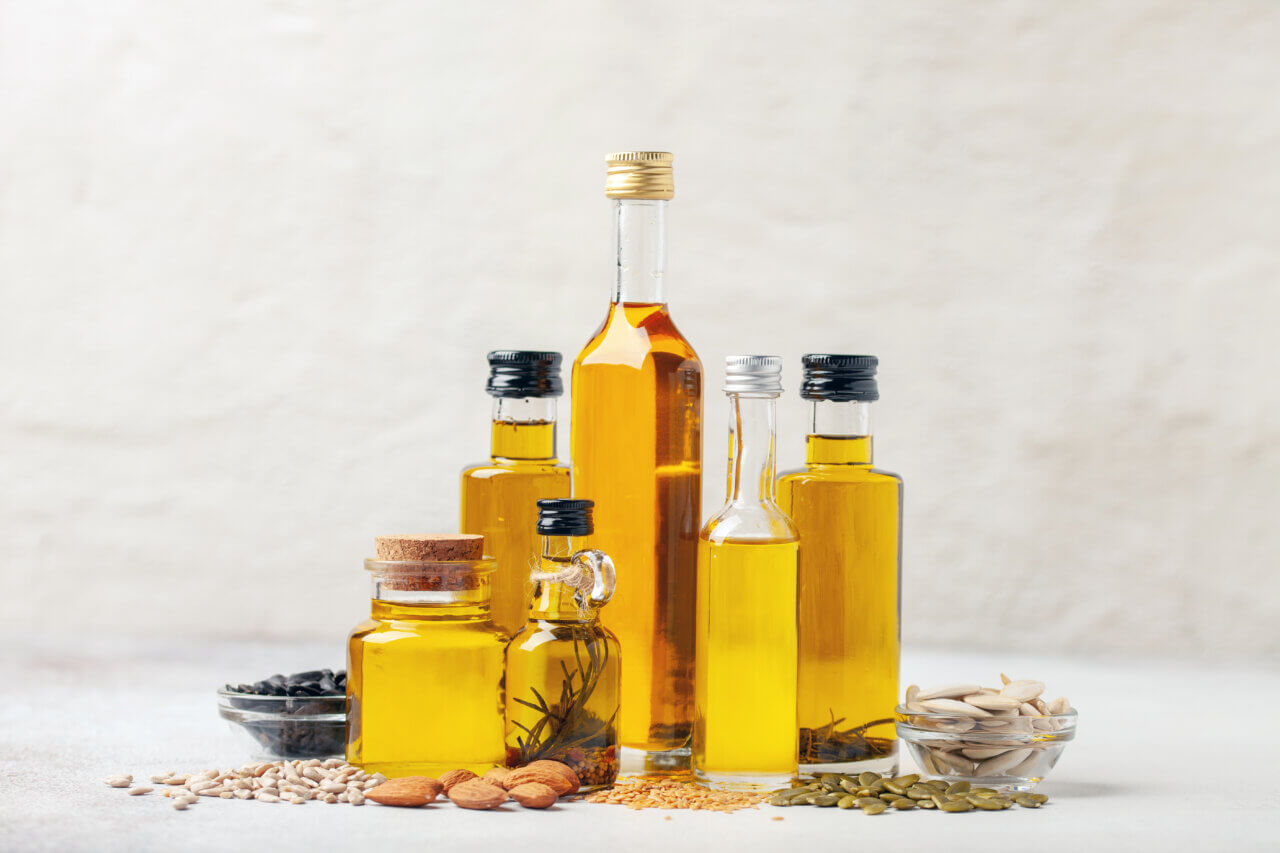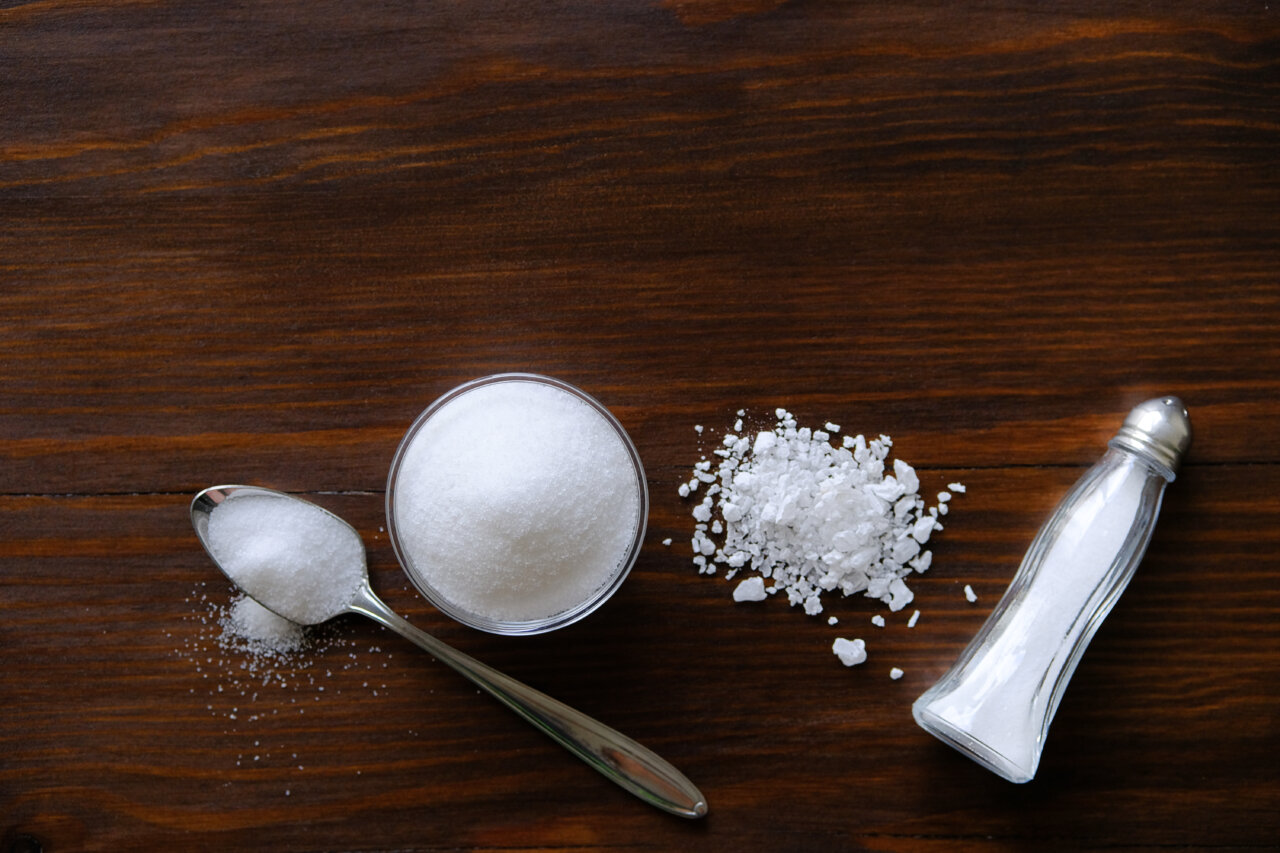Fall Vegetables and Their Health Benefits

When you think of fresh vegetables, you probably think of summertime. While it’s true that gardens and farm fields soak up summer sun to produce an amazing assortment of veggies, the culinary fun doesn’t have to stop as autumn approaches.
There are many fall vegetables you can enjoy, both for their wonderful flavor and the array of health benefits they provide.
10 Fall Vegetables You Should Have on Your Menu
Fall isn’t just about pumpkins! Below are some tasty fall veggies you should include in your menu planning.
- Carrots. Whether you snack on them or add them to soups or stews, carrots are delicious and nutritious. In particular, they’re packed with beta-carotene, an important antioxidant (meaning it protects cells from damage), and are a precursor to vitamin A.
- Kale. This dark, leafy green is rich in vitamin K, which is essential to blood clotting and bone health. You can eat it in a salad, but it’s also great baked and drizzled with a tasty topping like a honey-lemon sauce.
- Parsnips. Related to carrots, parsnips contain vitamins B, C, and E. They’re also an excellent fiber source, providing many benefits, including aiding digestion. Try roasting them with oil, herbs, and seasonings.
- Brussels sprouts. You get vitamins K and C from Brussels sprouts, as well as antioxidants that fight oxidative stress and can lower your disease risk. Enjoy them in dips, on sandwiches and homemade pizza, or roasted.
- Potatoes. People tend to dismiss potatoes as not having health benefits, but that’s because they’re often heaped with unhealthy toppings. Potatoes are an excellent source of heart-healthy fiber, plus antioxidants and quercetin that support a healthy immune system — just in time for cold and flu season! Forgo the heavy toppings with a favorite like crispy rosemary potatoes.
- Sweet potatoes. Similar in name but with a character all their own, sweet potatoes are packed with vitamins A and C, plus fiber. And they’re incredibly versatile in the kitchen. Slice and bake them as a snack, make hummus, or cube and add them to just about any recipe.
- Butternut squash. Here’s a fall classic! Your body will thank you for the fiber, vitamin B, manganese, potassium, and magnesium. And your taste buds will thank you for roasted butternut squash pasta, butternut squash curry, and countless soups and casseroles.
- Mushrooms. How about some savory cream of mushroom soup on a cool autumn afternoon? You can add body and use less cream by pureeing some of the mushrooms with cashews. Low in calories, mushrooms contain antioxidants, protein, and fiber. They’re also a great source of prebiotics that promote good gut health.
- Rutabagas. In addition to being fun to say, rutabagas are those large, purple, and beige veggies you may see at the grocery store this time of year. They’re low in calories and rich in vitamin B6, potassium, magnesium, and fiber. Smash them, turn them into fries, or roast them as a side dish.
- Pumpkin. No list of fall vegetables is complete without pumpkin! Pumpkin is nutrient-dense and packed with beta-carotene, potassium, vitamin C, and fiber. Use it in chili, make pumpkin pancakes, combine it with quinoa, or grill some pumpkin-and-black-bean burgers.
Don’t Forget the Veggies This Fall!
As you sip your pumpkin spice latte, get online and find some fantastic recipes that use fall vegetables. There are so many ways to capitalize on nature’s bounty, even as we say goodbye to summer and hello to the holidays!



